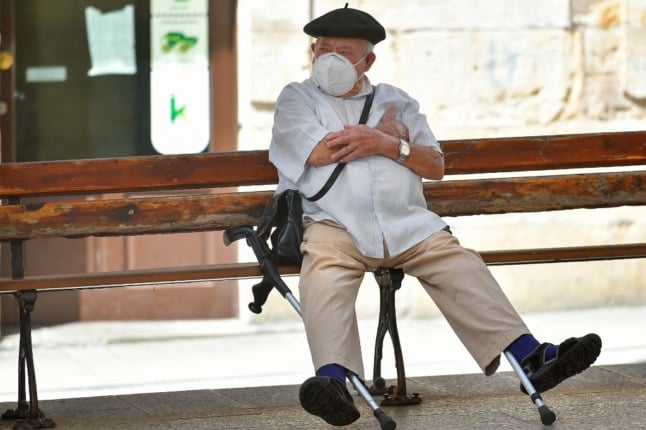Swedes’ average life expectancy has risen to 83.2 years for women and 79.1 years for men, ensuring Sweden maintains its place among countries boasting some of the highest life expectancies in the world.
In the early 2000s, only Japan had a longer life expectancy than Sweden.
Generally speaking, the longest life expectancies in Sweden can be found in the country’s southern regions, while life expectancies in the country’s central and northern regions are a bit lower.
Danderyd municipality, north of Stockholm, has the highest median life-expectancy among Sweden’s 290 municipalities, new statistics published on Thursday by Statistics Sweden (SCB) show.
According to SCB’s calculations, women in Danderyd can expect to live 85.6 years on average, while men can expect to live for 83.1 years.
The municipality with the shortest life expectancy for women, 79.6 years, is Älvdalen in central Sweden, while Pajala in northern Sweden features the country’s shortest average life expectancy for men, 74.5 years.
On the county level, Halland in western Sweden has the longest average life expectancy for both men and women, 80.2 and 84.2 years respectively. Men in Uppsala County in eastern Sweden can also expect to live as long as their counterparts in the west, according to SCB.
The lowest life expectancy for men, 77.9 years, can be found in Västernorrland County in the north, while women in Gävleborg County in eastern Sweden is the county with the lowest life expectancy for women, 82.2 years.
Other figures from Statistics Sweden reveal that the country’s fertility rate last year came to 1.98 children per woman, slightly below the accepted replacement rate of 2.1 children per woman, which Sweden last reached in 1991.
In addition, 19.1 percent of the Swedish population has a foreign background, which is defined by people who were born outside of Sweden or who have two parents who were born outside the country. In 2000, the figure was 14.5 percent.
The Stockholm suburb of Botkyrka features the largest percentage of foreign born residents among Swedish municipalities – 53 percent.
In second place is the municipality of Haparanda, near the Finnish border in the far north of Sweden, where 50 percent of the residents have foreign backgrounds.




 Please whitelist us to continue reading.
Please whitelist us to continue reading.
Member comments